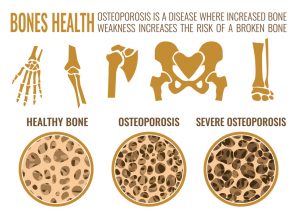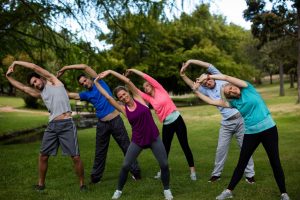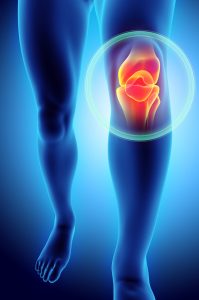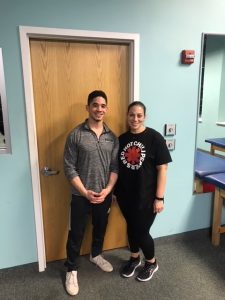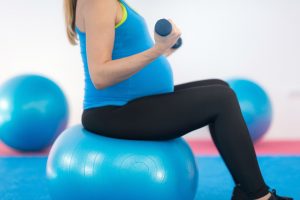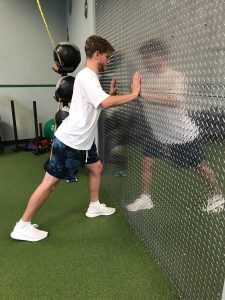 There are more than 200,000 new cases of Parkinson’s Disease seen in the United States per year. Parkinson’s Disease (PD) is a disorder of the central nervous system that usually presents itself in people over 60 years old. PD is typically a slow progressing disease that causes impaired movement and functional mobility. Keeping good range of motion is vital for maintaining strength and mobility. As an example, stretching the front of the hip, such as a hip flexor stretch, may help improve walking mechanics which will further help improve gait (see picture).
There are more than 200,000 new cases of Parkinson’s Disease seen in the United States per year. Parkinson’s Disease (PD) is a disorder of the central nervous system that usually presents itself in people over 60 years old. PD is typically a slow progressing disease that causes impaired movement and functional mobility. Keeping good range of motion is vital for maintaining strength and mobility. As an example, stretching the front of the hip, such as a hip flexor stretch, may help improve walking mechanics which will further help improve gait (see picture).
People with Parkinson’s often present with tremors, rigidity, and bradykinesia (slow movement). These clients should try and improve their gait quality by focusing on taking proper strides and maintaining a heel-toe pattern to avoid shuffling their feet, which often leads to falls. An ideal exercise program for those with PD would be include stretching of the lower extremities, overall strengthening, postural awareness, and balance training. For people with mild to moderate PD, targeted exercises address specific symptoms for example: aerobic exercise improves fitness, walking exercises assists in gait, resistance training strengthens muscles.
So when should you start exercising? Right now! Exercise to improve mobility, improve thinking, memory and reduce the risk of falls. By avoiding complications from falls you can prevent further injury. Consult with your physician and set up an appointment to meet with an exercise physiologist to get started today.
By Brandon Ayala, CSCS

